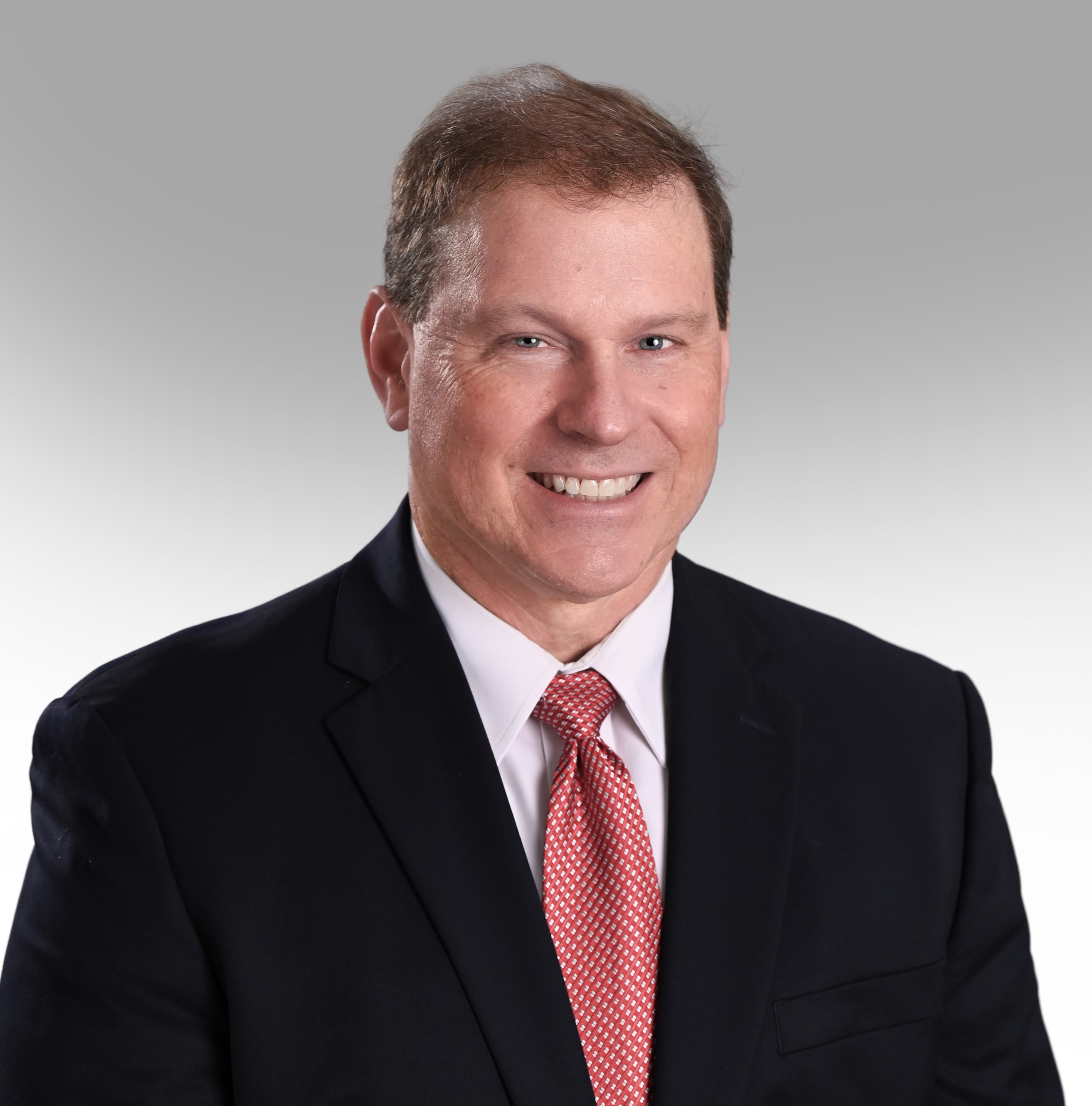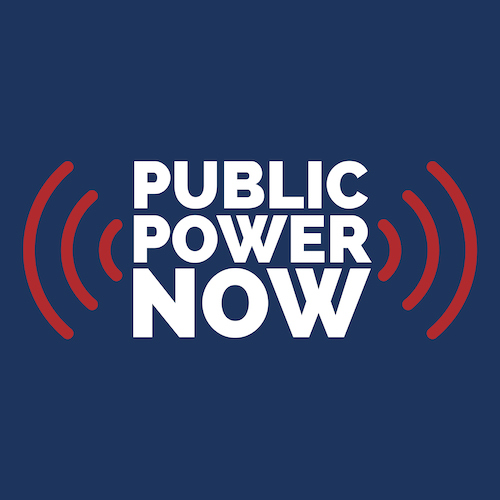When Mariana Greene moved to Boone, North Carolina, in 2022, she had no idea what a public power utility was, or even how electricity worked. While looking for a new career, she found a job opening for a public communications specialist with Appalachian State University that perfectly fit her strengths. She learned the job was with New River Light and Power, a public power utility owned by the university. She got the job and soon began a crash course in the industry.
“The job description sounded so varied and challenging, which was a good fit for me even though I didn’t understand it was part of public power,” Greene said.
As part of a military family, Greene has been actively involved in Army programs and community service for 20 years. Her education focused on training adults and public speaking. Through those experiences, Greene became highly skilled in communicating and event planning and committed to serving her community.
“The job description was a call to serve through community outreach and to be on standby in times of need. That really called to me,” she said. “Public power is so people- and community-focused, which is something my family has always been.”
Connecting with people like Greene is the aim for many public power utilities looking to recruit employees who will help lead the organizations through the years ahead. Similarly, individuals seeking a change in career might be looking to match with an employer with whom they can grow. As employee engagement declines, as shown in a 2024 Gallup poll, public power organizations hoping to boost retention and recruitment can showcase the values that can build engagement back up: connection, trust, and growth.
Trust Rising Leaders to Grow
Though Greene was new to public power, the manager who hired her knew she would be a good fit and would learn quickly. He helped her understand how power is generated and transmitted, the infrastructure involved in power generation, and the challenges the industry faces. Most importantly, he let Greene explore the industry and learn on her own.
“He gave me a seat at the table in just about every meeting because he understood that you have to be challenged to learn. If he thought a meeting would benefit me, he would tell me to participate,” Greene said. “Creating a climate of opportunity and trust goes a long way.”
Fear of failure prohibits many employees who might become leaders from reaching their potential. Being a leader who allows space for failure can help gifted employees grow.
“There’s a real dread of failure,” Greene said. “A lot of people who want to do really good work are incredibly scared of not succeeding, so it’s important to coach through failure.”
Encouraging employees to learn is a key part of Gary Stephenson’s management technique. Stephenson joined Long Island Power Authority in New York as senior vice president for power supply in 2023. With a long history of leadership roles in utilities and other energy organizations, he has managed teams for decades, helping employees gain the skills needed to be leaders. Before joining LIPA, Stephenson held roles at the Illinois Municipal Electric Agency, Peak Reliability, Dayton Power & Light, InterGen, PG&E National Energy Group, and Connecticut Light & Power.
“I had multiple bosses who allowed me to make mistakes without letting me drive off a cliff. That freedom gave me the resources I needed to achieve,” Stephenson said. “The best leaders are servant leaders — leaders who are committed to breaking down barriers and helping others get over hurdles.”
Community Connection
Although his career has spanned public and private utility organizations, Stephenson has an affinity toward public power’s community-oriented approach.
“I liked working with public power entities. It was about helping the entire grid and all stakeholders get to the most reliable solutions,” he said. “You saw what you did in terms of individual people; you could meet the customers. The deals we made and contracts we entered for power supply had direct influence over those people.”
Greene had no idea how much her commitment to public service would be tested just a couple of years after joining NRLP. In September 2024, Hurricane Helene hit Boone, bringing historic property and infrastructure destruction and loss of life. Just two years into the position of public communications specialist, she was tasked with ensuring the community of 9,000 customers was up to date with service and repair announcements.
“As a community, we were not prepared for the intensity of the storm and the level of destruction. The country roads were all washed out, private bridges were gone, and people’s houses were under water,” Greene said.
She quickly began disseminating as much information as possible, even while understanding that many community members had lost all access to communication. Greene posted information to NRLP’s website, sent emails, called customers directly, updated the local radio station, went out into the community, and posted to social media.
“I posted story after story with updates, saying ‘We’re currently working in this area, and we’re rolling out to that area.’ The goal was to let community members know we were working hard to get the lights back on.”
The small team of 30 staff members, including field and office personnel, restored power in Boone in just three days, allowing the city to be a hub for recovery in the broader community.
“It is an honor to be a communicator to your community in times of crisis,” Greene said. “It’s not just our responsibility or our duty, but an honor to be someone community members can go to for information they need.”
Three years after starting the job, Greene is still happy with her decision to join public power. She earned the American Public Power Association’s 2025 Robert E. Roundtree Rising Star Award, which is given annually to an individual who has worked in public power for five years or less and is recognized by their peers for exemplary leadership and promise. She has become an integral part of the Boone community, going to schools and community events to educate people on the benefits of being in a public power community.
As she moves forward in her career, Greene seeks to take on more leadership and responsibility. She also is learning more about legislative affairs related to public power.
“That’s where I like to geek out a little bit,” Greene said. “I enjoy understanding the broader strokes of electrical infrastructure across the country.”
It’s an exciting time to be in the rapidly changing industry. Load is growing, and utility leaders are tasked with balancing reliability, cost, and sustainability of their power supply.
“You have to optimize all three of those components, which makes the job interesting and incredibly hard,”

Stephenson said. “I work to balance reliability, affordability, and clean energy every day and in every decision I make.”
Fostering new leaders to embody that enthusiasm is also about recruiting for a culture that is willing to take on that challenge and try new things.
“It’s an ability to look at new things and consider new ideas and not to be stuck in a ‘This is the way we’ve always done it’ mentality and take some risks, because sometimes risks can have tremendous payoffs,” Stephenson said. “There’s a tremendous ability to influence the course of the ship. But you have to bring ideas to the table, and if you change the way you think, that’s the first step to doing great things. If you don’t change the way you think, you will [only] achieve what you used to achieve.”
“Being public power, you don’t have shareholders to please. Our mission is in some ways simpler and more direct. You save a dollar, and that goes back into the customer’s pocket. Everything you do helps the customer.”
Effectively Recruit and Manage Rising Leaders
As the public power industry evolves quickly to keep up with changing demands, utilities that create a culture of growth and trust will reap the benefits rising leaders can bring to the industry. Whether they’re new to the workforce or just new to public power, driven recruits can provide the perspectives needed for the innovative ideas that will power the future of the industry.
Identifying employees like Greene, who thrive with freedom and can become future leaders, is the challenge. For his part, Stephenson relies on networking and spreading the news about open opportunities, seeking referrals from trusted colleagues in the industry.
“When we interview and recruit, we look for people who have a curious mind and take initiative,” he said. “Once we find them, we give them opportunities to use their curiosity and learn as they go.”
Managing talent once they’re on board can shape their experience. Utilities should make sure they offer benefits and a culture that’s appealing to all generations.
“Explore market salaries and find out what people from all generations are looking for. When you understand that the younger generations aren’t interested in what the older generations were, you can make changes,” Greene said. “For example, young millennials and Gen Zers aren’t necessarily willing to come in for a low salary with the promise of a high salary 30 years later, which was more appealing to baby boomers and Gen Xers.”
Effective cross-generational management builds strong teams that consist of people with different backgrounds, work experiences, and perspectives.
“Many times in my career, I’ve been certain about an outcome, and someone comes along and completely changes my mind. They had an experience or perspective on things I just didn’t have. Make sure you have that on your team,” Stephenson said. “I’m 100% convinced you get better results as a team by bringing diverse people on board.”
As Stephenson nears the end of his career, he hopes to leave a lasting legacy through a tangible result, like a new power plant or successful permitting of a new transmission line. At a minimum, he will leave an impressive legacy of exceptional leadership and people management.
“Leadership is about building followership. To be a great leader, you have to be mindful of being someone people want to follow. Empathy is a big component to achieving that,” Stephenson said. “Work to understand what’s driving a person, and be there when they need help. It’s not just checking off a to-do list, but making someone happy.”
Investing in team members in this way also means leaders bring their whole selves to work. “Also be open about your own vulnerabilities, communicating with your team about the things that worry and challenge you as a leader,” said Stephenson.

